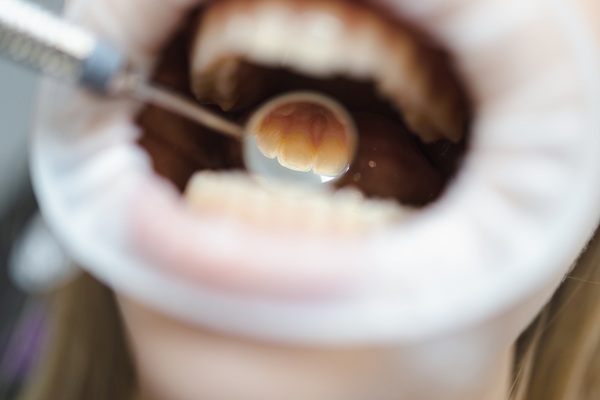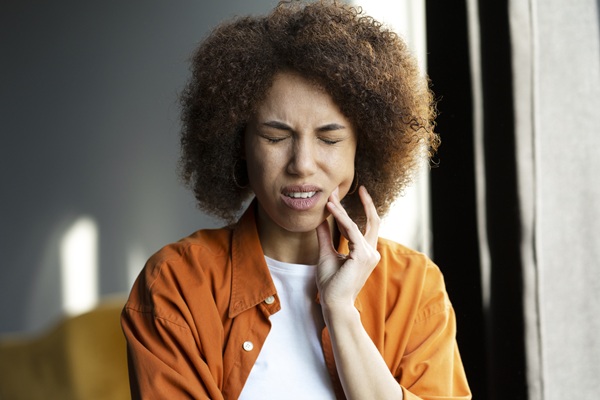If you’ve ever felt the frustration of restless nights, the anxiety of loud snoring, or the exhaustion that lingers despite a full night’s sleep, you’re not alone. It’s a scenario many of us can relate to, and often, it’s a clue to something more profound – sleep apnoea. In this blog, we’re turning the spotlight on sleep apnoea, uncovering the hidden battles that play out during the night and the impact they have on your waking hours.
What is Sleep Apnoea?
Sleep apnoea is not just a mere inconvenience but a distinctive sleep disorder that goes beyond the ordinary boundaries of nightly disturbances. At its core, sleep apnoea is characterised by repeated interruptions in breathing during sleep that can last for a few seconds to minutes, leading to fragmented rest and a host of associated challenges. The condition is often marked by audible snoring, sudden awakenings with gasps or choking, and a persistent struggle for restful sleep.
The most prevalent types of sleep apnoea include obstructive sleep apnoea (OSA) and central sleep apnoea (CSA). In OSA, the airway becomes partially or entirely blocked, causing the individual to stop breathing momentarily. On the other hand, CSA occurs when the brain fails to send the proper signals to the muscles that control breathing. The interruptions in breathing, whether due to airway blockage (OSA) or a lack of respiratory effort (CSA), not only impact the quantity of sleep but also the quality, resulting in excessive daytime sleepiness, fatigue, and, in the long term, potential health risks such as hypertension and cardiovascular issues.
Common Causes of Sleep Apnoea
There are several factors that increase the risk of sleep apnoea. These may include:
1. Obesity
Excess weight, especially around the neck, can lead to the narrowing of the airways, increasing the likelihood of obstructive sleep apnoea (OSA). The added pressure on the respiratory system during sleep can result in repeated breathing interruptions.
2. Age
As we age, muscle tone tends to decrease, including the muscles in the throat. This natural ageing process can contribute to the relaxation of throat muscles, making older individuals more susceptible to sleep apnoea.
3. Family History
A genetic link to obstructive sleep apnoea exists, with family history playing a role in its development. If close relatives have experienced sleep apnea, the risk of inheriting certain physical traits or susceptibilities increases.
4. Smoking and Alcohol Consumption
Both smoking and excessive alcohol intake can relax the muscles of the throat, potentially leading to airway constriction. These lifestyle choices can exacerbate the symptoms of sleep apnoea and contribute to its onset.
5. Certain Illnesses
Certain illnesses, such as hypothyroidism or the presence of a large goitre, can heighten the risk of sleep apnoea. These conditions disrupt the delicate balance of muscle tone, contributing to airway obstruction during sleep.
6. Large Tonsils and Adenoids
Enlarged tonsils and adenoids, especially in children, can obstruct the airway and contribute to sleep apnoea. This physical obstruction hinders the smooth flow of air during sleep, leading to pauses in breathing and disrupted sleep patterns.
7. Nasal Congestion and Obstruction
Conditions that cause nasal congestion, like allergies or anatomical issues, can impede airflow and contribute to sleep apnoea. When the nasal passages are partially or fully blocked, individuals may resort to mouth breathing, increasing the likelihood of experiencing sleep apnoea.
8. Facial Structure
The physical structure of the face and neck can influence the risk of sleep apnoea. For example, individuals with a smaller jaw or a larger tongue may have less space in the mouth and throat, making airway obstruction more likely during sleep.
Lifestyle modifications, such as weight management and avoiding certain substances, coupled with medical interventions, can help improve sleep quality and mitigate the impact of sleep apnoea on overall health.
Sleep Apnoea Symptoms
Though not exclusive to sleep apnoea, certain symptoms may signal its presence. Recognising these signs is essential for early detection and timely management. Here are some potential indicators that warrant attention:
1. Loud Snoring
Persistent, loud snoring is a common symptom of obstructive sleep apnoea (OSA). The sound occurs when airflow is partially blocked, causing the tissues in the throat to vibrate. While not everyone who snores has sleep apnoea, it is often a notable indicator.
2. Pauses in Breathing During Sleep
One of the hallmark symptoms of sleep apnoea is the intermittent cessation of breathing during sleep. These pauses, known as apnoeas, can last for seconds to minutes and may be accompanied by choking or gasping sounds as the individual briefly wakes to resume normal breathing.
3. Restless Sleep
Sleep apnoea can disrupt the normal sleep cycle, leading to frequent awakenings throughout the night. Individuals with sleep apnoea often experience fragmented sleep, preventing them from reaching the deeper, more restorative stages of the sleep cycle.
4. Morning Headaches
Waking up with a headache is a potential consequence of sleep apnoea. The repeated disruptions in breathing during the night can result in decreased oxygen levels, leading to headaches upon waking.
5. Excessive Daytime Sleepiness
Daytime fatigue and excessive sleepiness are common outcomes of disrupted sleep caused by sleep apnoea. Despite spending a seemingly sufficient amount of time in bed, individuals with sleep apnoea may struggle to stay awake and alert during the day, impacting daily activities and overall quality of life.
6. Dry Mouth or Sore Throat
Breathing through the mouth, a common occurrence in sleep apnoea can result in waking up with a parched mouth and a sore throat.
7. Difficulty Concentrating and Memory Issues
Disrupted sleep patterns associated with sleep apnoea can lead to cognitive challenges, including difficulty concentrating and memory problems during waking hours.
8. Irritability and Mood Changes
Mood swings, irritability, and feelings of frustration may arise due to the impact of sleep apnoea on the quality of sleep.
9. Decreased Libido
Reduced energy levels and disrupted sleep may contribute to a decline in sexual desire or performance.
10. Frequent Nighttime Urination (Nocturia)
Sleep apnoea has been linked to an increased need to urinate during the night, disrupting the normal sleep cycle.
Sleep Apnoea Treatment Options
Addressing sleep apnoea encompasses a range of strategies, from lifestyle modifications to advanced medical interventions. Here’s a comprehensive overview of the treatment options available
Lifestyle Modifications
For those with sleep apnoea, adopting lifestyle changes can help reduce the severity of the symptoms. Weight management, especially shedding excess weight, can alleviate the narrowing of the airway caused by fat deposits around the neck, thereby reducing the severity of sleep apnea. In addition, positional therapy encourages individuals to sleep on their side, preventing the collapse of the tongue and palate into the throat.
Continuous Positive Airway Pressure (CPAP)
A CPAP machine delivers a continuous stream of air through a mask, keeping the airway open during sleep. This steady flow of pressurised air ensures that the airway stays open, allowing for uninterrupted breathing and improved sleep quality. BiPAP machine, on the other hand, offers a tailored breathing experience by providing different pressure levels for inhalation and exhalation, offering enhanced comfort for individuals with varying respiratory needs during sleep.
Oral Appliances
Oral appliances, such as Mandibular Advancement Devices (MAD), offer a non-invasive alternative for managing sleep apnoea symptoms. These custom-made mouthguards work by repositioning the lower jaw and tongue to keep the airway open. Sleep apnoea mouthguards can be a suitable option for those who find CPAP uncomfortable or prefer a less intrusive approach.
Surgery
Surgery is considered a treatment option for sleep apnoea when other interventions prove inadequate or intolerable. It is generally reserved for cases with identifiable anatomical factors contributing to airway obstruction, such as an enlarged uvula or soft palate. Surgery may also be considered in severe cases of sleep apnoea or when there is a preference for a surgical solution. However, the decision for sleep apnoea surgery is individualised, taking into account the severity of the condition, patient preference, and the presence of anatomical abnormalities contributing to airway obstruction. A comprehensive evaluation by a healthcare practitioner is essential to determine the appropriateness of surgery as part of the overall treatment plan.
Also Read: How to Treat Snoring and Sleep Apnoea with Oral Devices
Reclaim Your Sleep and Well-Being with Bellevue Hill Dental
Living with sleep apnoea can be challenging, affecting both you and your loved ones. At Bellevue Hill Dental, we offer a practical solution for sleep apnoea with the Oventus Clearway Device™ (O2Ventᴿ). This innovative mouthguard ensures unobstructed oxygen flow, providing a simple and portable everyday remedy. Its compatibility with CPAP machines offers a versatile approach for those requiring more advanced treatment.
For more information or to book a consultation, please contact us today.




